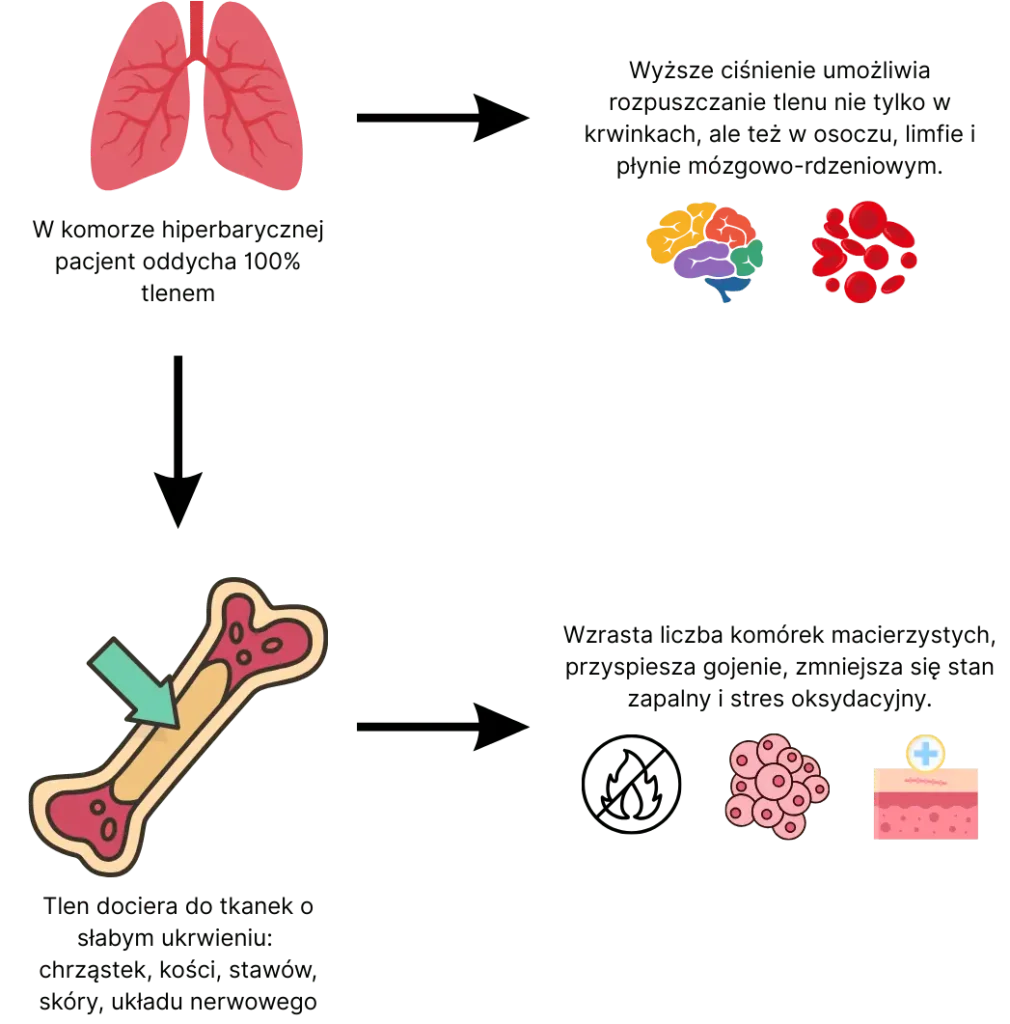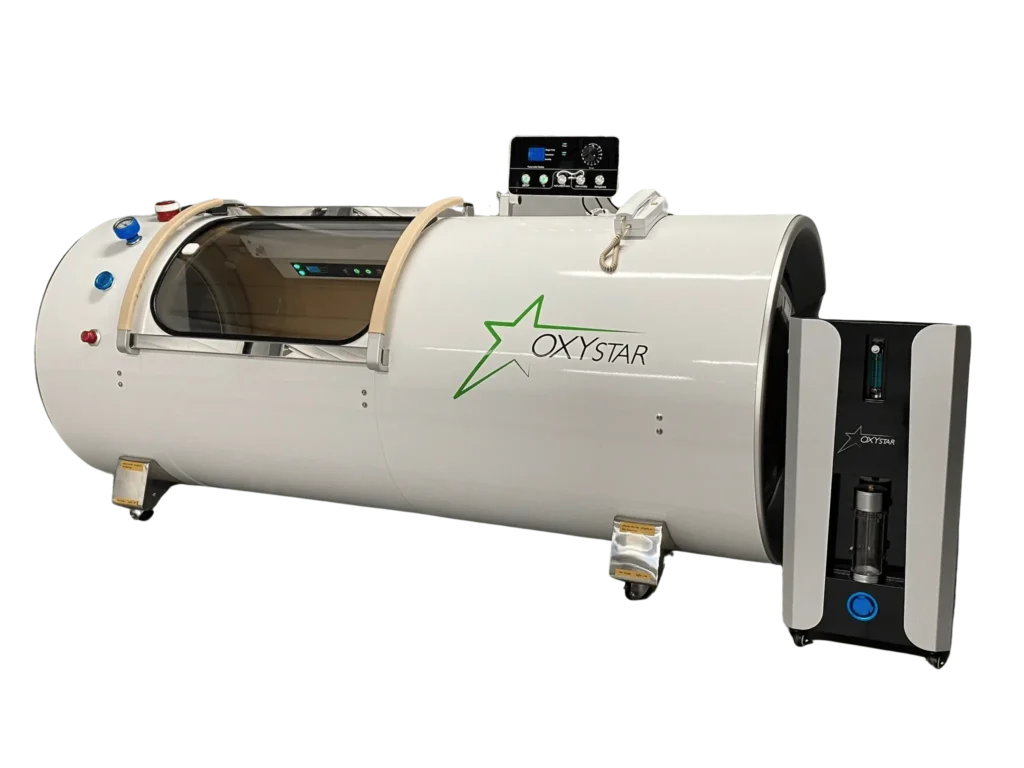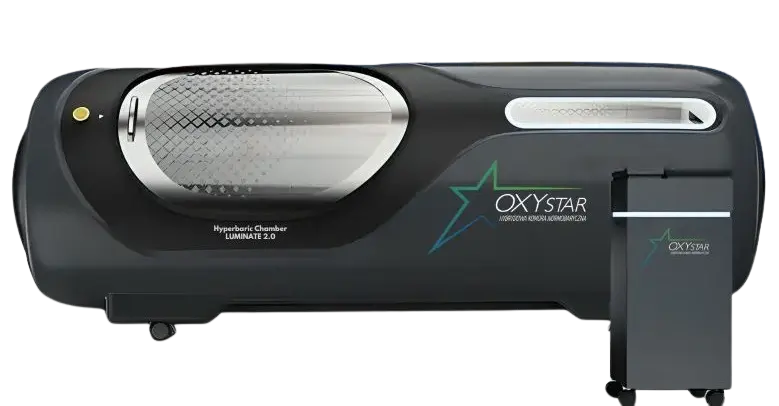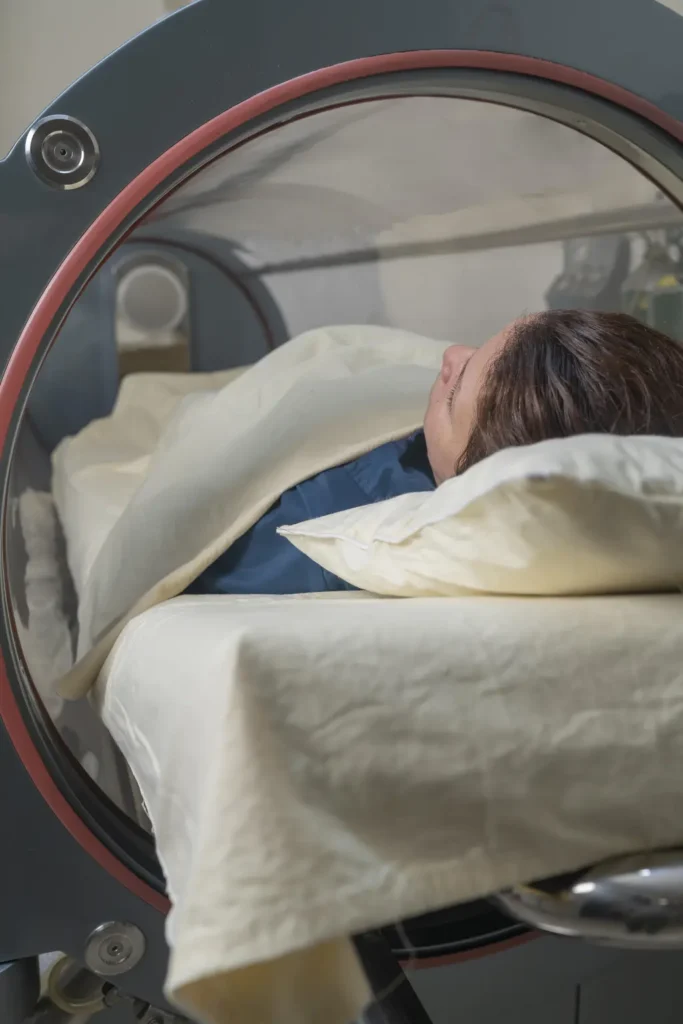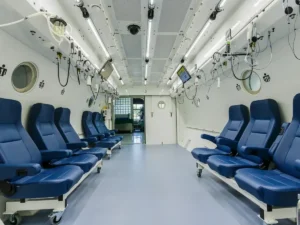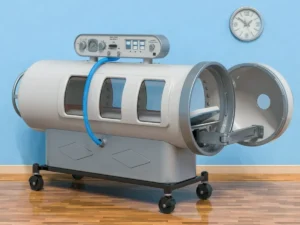
How do oxygen chambers help heal wounds?
Oxygen chambers, also known as hyperbaric chambers, are a modern medical tool used to treat various conditions, including difficult-to-heal wounds. Hyperbaric therapy involves administering pure oxygen to the patient under

